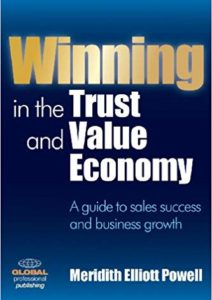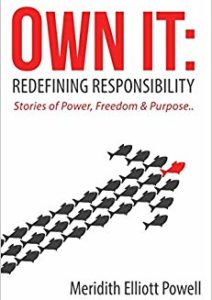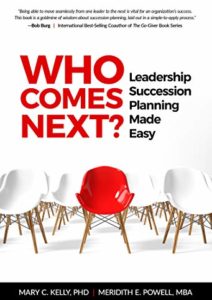The Most Critical Of Employee Engagement Strategies
Employee engagement consistently ranks as one of the top three issues keeping leaders up at night. You would have to be living under a rock these days not to know that. While writing Own It: Redefining Responsibility – Stories of Power, Purpose & Freedom, I learned a lot about employee engagement and how to conquer it.
Dreaming of Hiring Top Talent
I see leaders using innovative approaches to engage today’s best and brightest. These approaches include ideas for new onboarding programs, creative approaches to career development and training, and mentorship and coaching programs. All of these approaches are utilized to better connect, understand, and ultimately engage top talent. While all of those strategies are great, more often than not, they fall short. If you don’t utilize the most critical of employee engagement strategies, your other strategies will inevitably fail.
A Disengaged Workforce
In today’s economy, we need our employees to be more engaged than ever. And yet, ironically, we are suffering from the most disengaged workforce in history. To date, Gallup reports that more than 70% of today’s workforce admits being checked out, disinterested, and completely disengaged. As leaders, we are aware of the problem. We’re trying to fix the problem by spending resources upwards of $750 million. Plus, Gallup reports that if things don’t change, the disengagement rate will rise. If as leaders don’t do something differently, 70% will increase to a predicted 84%. Houston, we have a problem! Something is missing, and it is time for a different approach.
Tackle the Challenge
One of today’s toughest challenges is thoroughly engaging employees. To do that, you need to understand and implement the most critical employee engagement strategy and create an employee handbook sample for them to understand your company’s core values and policies. But, before I share the approach, I want to share how I discovered it.
A CEO’s Top Priority
When I was researching the book Own It: Redefining Responsibility – Stories of Power, Purpose & Freedom, I had the opportunity to interview CEOs, leaders, and business owners. I asked them about their cutting edge and innovative strategies to attract, retain and, fully engage top talent. I was interviewing the CEO of a large organization (more than 600 employees) about his focus and his challenges relating to employee engagement.
He shared that he made employee engagement his top priority since becoming CEO. He understood that the only way the company could grow efficiently and effectively was to attract, retain, and fully engage top talent. And, while they had made great strides with added programs, rewards, and incentives, they still weren’t hitting the numbers they wanted to achieve.
Part of his process was to get feedback from his employees. On a quarterly basis, he set up town halls, focus groups, and one-on-one meetings. In one session, he asked the employees what was missing. He wanted to understand what was not working when it came to the company fully engaging their employees. His company provided many programs to try and keep employees engaged. Some of these programs included flex time, training programs, and educational sabbaticals. The employees agreed that these were great programs. In fact, they were what initially attracted them to the company. However, senior management never took advantage of these programs. This sent a strong message to all employees. Unfortunately, it was the wrong message. The workers felt as if using these packages would keep them from being able to move up the ladder.
As leaders, what we do is so much more important than what we say. The most critical employee engagement strategy is: actions speak louder than words. What you say you value as a leader needs to be reflected in your actions. To engage employees, leaders must listen and learn, know that actions speak louder than words, and walk your talk.
















Comments (1)
Best!!!